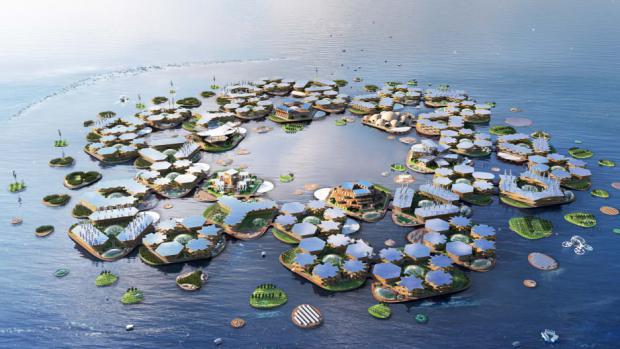
Breaking News
 Operation Mockingbird: The CIA lied to you this whole time
Operation Mockingbird: The CIA lied to you this whole time
 American Academy of Pediatrics threatens PARENTAL RIGHTS with federal mandates...
American Academy of Pediatrics threatens PARENTAL RIGHTS with federal mandates...
 Texas AI data centers drain water supply as residents face drought restrictions and shower limits
Texas AI data centers drain water supply as residents face drought restrictions and shower limits
 SpaceX's Crew-11 astronauts arrive at the International Space Station (video)
SpaceX's Crew-11 astronauts arrive at the International Space Station (video)
Top Tech News
 The mitochondria are more than just the "powerhouse of the cell" – they initiate immune...
The mitochondria are more than just the "powerhouse of the cell" – they initiate immune...
 Historic Aviation Engine Advance to Unlock Hypersonic Mach 10 Planes
Historic Aviation Engine Advance to Unlock Hypersonic Mach 10 Planes
 OpenAI CEO Sam Altman Pitches Eyeball-Scanning World ID to Bankers
OpenAI CEO Sam Altman Pitches Eyeball-Scanning World ID to Bankers
 New 3D-printed titanium alloy is stronger and cheaper than ever before
New 3D-printed titanium alloy is stronger and cheaper than ever before
 What is Unitree's new $6,000 humanoid robot good for?
What is Unitree's new $6,000 humanoid robot good for?
 "No CGI, No AI, Pure Engineering": Watch Raw Footage Of 'Star Wars'-Style Speeder
"No CGI, No AI, Pure Engineering": Watch Raw Footage Of 'Star Wars'-Style Speeder
 NASA's X-59 'quiet' supersonic jet rolls out for its 1st test drive (video)
NASA's X-59 'quiet' supersonic jet rolls out for its 1st test drive (video)
 Hypersonic SABRE engine reignited in Invictus Mach 5 spaceplane
Hypersonic SABRE engine reignited in Invictus Mach 5 spaceplane
 "World's most power dense" electric motor obliterates the field
"World's most power dense" electric motor obliterates the field
 The Wearables Trap: How the Government Plans to Monitor, Score, and Control You
The Wearables Trap: How the Government Plans to Monitor, Score, and Control You
Floating cities once seemed like sci-fi. Now the UN is getting on board

Bjarke Ingels Group and a company called Oceanix presented a wild concept for floating cities at the UN this week, imagining completely self-sufficient communities in the era of sea level rise.
In 2007, entrepreneur Mark Collins Chen became the minister of tourism in his native French Polynesia. One of his first tasks was to assess whether sea level rise was a threat to the group of 118 islands, located in the South Pacific. He quickly learned that one-third of all of the French Polynesian islands would be submerged by either 2035 or 2050–depending on which scientist you spoke to.
To respond to the coming crisis, Chen (who served as minister of tourism for a year) wants to build groups of floating islands that would be able to act as new human settlements not only for French Polynesia, but for the countless other islands that will suffer a similar fate–as well as the many global cities that are located on the coast. An estimated 2.4 billion people–40% of the world's population–live in a coastal region and will likely be impacted by rising sea levels as a result of climate change. In late 2018, Chen started a company called Oceanix that is aimed at building the off-shore urban infrastructure that will help people weather the problems of rising seas–as well as extreme floods and storms.



